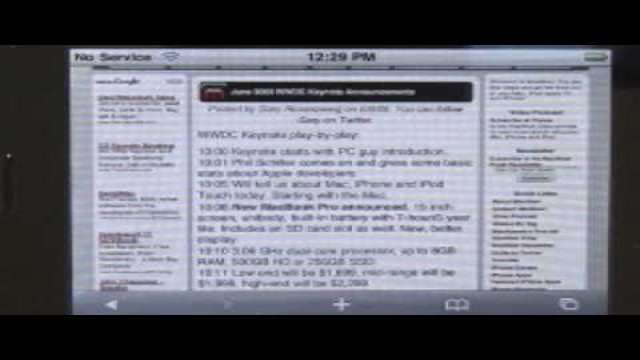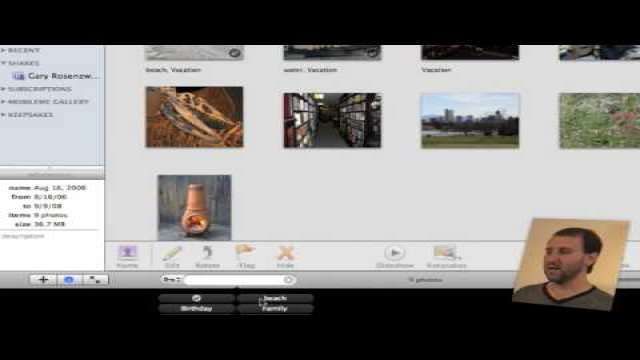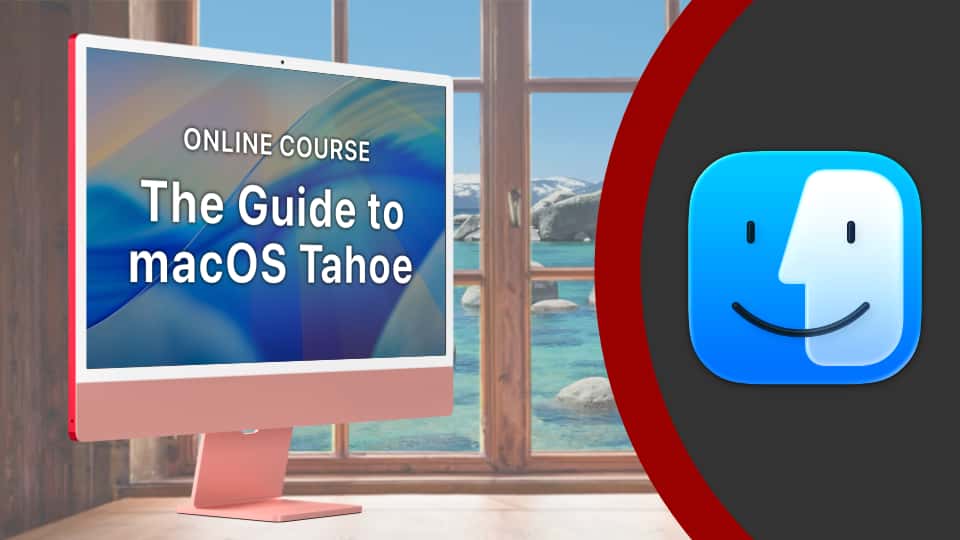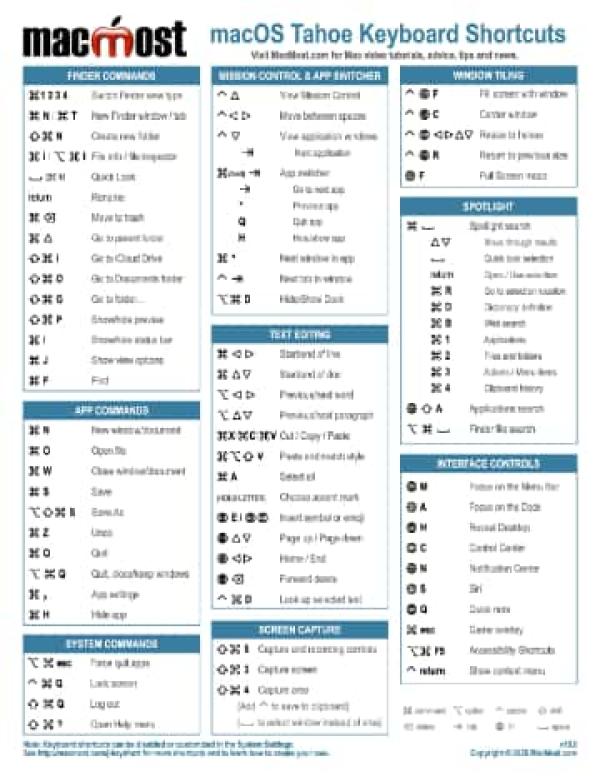Following last week’s release of the iPhone OS 3.0, the new iPhone 3GS hardware became available in Apple Stores and elsewhere in the U.S. and several other counties. More then one million new iPhones were reported to have been solid in the first week.
The new iPhone is faster and has a better camera than the old one, but many customers in the U.S. won’t be eligible for a partially discounted upgrade until July and a full discount until 2010.
Some people who bough the new iPhone in the U.S. found themselves unable to use it for hours because of glitches in AT&T’s system needed to activate the new phones. Similar problems plagued the initial iPhone launch in 2007, and the launch of the 3G in 2008.
Outside of the new iPhone, the other big Apple news is that Steve Jobs, on medical leave from Apple since December, is reported to have undergone a liver transplant two months ago. These same reports indicate that it went well and that he has been seen at work. Rumor has it that he may return as CEO of Apple soon, though not with a full schedule.
It’s iPhone week 2009, and the first event has passed. The third major release of the iPhone OS was released yesterday, with updates available through iTunes at about 10 a.m. Pacific time.
The new OS includes copy and paste inside and between applications, a voice recording app, and small improvements in almost every default app. In addition, third-party apps now support push notification and sales inside of apps. Some apps have already been updated to take advantage of push notification.
Tomorrow morning the second shoe will drop, with the release of the iPhone 3GS. Apple stores is many countries will open an hour or two early and start distributing pre-ordered iPhones first, and then selling them to all an hour later.
The new iPhone will feature an improved camera with higher picture resolution and video shooting capability, a compass, and voice control ability.
Lines and sales may not be as big on the first day, as those who bought an iPhone 3G on July 11, 2008, are not eligible for a partial price subsidy from AT&T until exactly one year after they bought their 3G.
Next week will mark the third major release of iPhone hardware. And with it comes controversy. Existing iPhone users, who bought an iPhone 3G less than two years ago — that’s everybody with an iPhone 3G — will have to pay an upgrade price if they want to switch to the iPhone 3GS.
One side of the story belongs to AT&T and Apple. Both companies had an agreement in the U.S. That AT&T would subsidize the sale of new iPhones for an undisclosed amount around $200. So the base model iPhone cost $199. Apple got your $199 plus $200 from AT&T. AT&T got a committed customer for 2 years.
Now that the iPhone 3GS is coming out, the same deal applies. If you have never owned an iPhone before, or didn’t buy one with a subsidy, then you get the base model for $199. AT&T pays Apple. You get a price break.
If you did buy an iPhone 3G and took the subsidy, then you aren’t far enough into your contract to get a subsidized price again. So there is a $200 charge. You pay $199, plsu another $200, AT&T pays nothing, and Apple gets it all. However, you aren’t committed any further to AT&T.
From the AT&T and Apple side of things, this all makes perfect fiscal sense.
From the customer side of things, this is getting a lot of people mad.
Who will pay this extra $200? The same people who want to get the latest and greatest. The same people who are Apple’s biggest fans. The same people who stand in line to get iPhones.
This has touched off a bit of a war between bloggers and commenters on the Internet, with fact-focused bloggers stating that this is how it is and everyone should stop wining. We should have known this was going to happen and that it happens with other phones on other networks as well.
But isn’t there a win-win here?
What are the motives on each side?
The customer just wants a good price and fairness. Certainly it seems that loyal iPhone customers should be rewarded, not punished, for their desire of the new phone. But Apple needs to make a profit on these devices — they’ve got employees and manufacturers to pay, and shareholders to please.
It seems to me there is a solution, if all sides are willing to give in a little.
First, AT&T’s motive in giving a $200 subsidy is to get a customer for 2 years. Why can’t they do that again? Simply extend the user’s contract by 2 years. If you are 1 year into a 2-year contract, then just push that date out again.
Apple could give a little by accepting the old iPhone 3G as a trade-in. They could resell it as a refurbished model. Even if they don’t it removes one more possible jailbroken unlocked iPhone from the market. I’d imagine that a lot of iPhone 3GS will become just that.
And the customer can agree to pay a modest upgrade fee. Doubling the price is a bit much, but would we complain about a $49 fee?
So how about: A $49 upgrade free if you trade in your old iPhone 3G and accept a 1 year extension to your AT&T contract.
Sounds like a reasonable solution.
But it looks like we are stuck with the $200 fee. At least this means we keep our existing AT&T contract, which will be a welcome thing if Apple every allows other carriers to sell the iPhone. Maybe this whole thing is a nudge from Apple that this really will happen some day.
The WWDC announcements this wee didn’t disappoint, with new MacBook Pros, the new iPhone 3GS, a date for the release of the iPhone OS 3.0, and a general date for the release of Snow Leopard.
You can check out our coverage of the news in episode 250 of MacMost Now, and a commentary on what was announced in a blog post. We also did a play-by-play as new news flowed in that morning.
The new MacBook Pros are already being sold at the Apple Stores. Next week we’ll have another eventful week with the release of iPhone OS 3.0 and the new iPhone 3GS.
Then in September, we’ll have the big release of Snow Leopard, Mac OS X 10.6. The big news is that it will only cost $29 for those of us already with Leopard, which should be the vast majority of Mac user with Intel machines, the only Macs capable of running Snow Leopard.
Part of Snow Leopard, the new Safari 4 browser, is available immediately and can run on Leopard, Tiger and even Windows. You will get it, if you haven’t already, with your next software update. You can check out some of the new features in Snow Leopard in episode 251 of MacMost Now.
In general, Apple didn’t disappoint yesterday. There were Mac and iPhone announcements, and plenty of talk about Snow Leopard and iPhone OS 3.0. But they didn’t wow us either.
I think the only thing that surprised most people was moving the 13-inch MacBooks over to the MacBook Pro name. This leaves only one “MacBook” left — the little $999 white one. I wouldn’t be surprised if this was a plan to make room for more MacBooks. But it will probably mean the end of the plain MacBooks.
Think about it. Is there a “Mac” anymore? No, just the iMac, Mac mini and Mac Pro. How about an iPod? No, just the iPod Nano, iPod Suffle, iPod Touch and iPod Classic.
So it makes sense that there may only be a MacBook Pro and a MacBook Air in the future. Perhaps the white MacBook will be renamed the MacBook Classic — that’s what happened to the iPod and also the original Mac design, remember that?
But Apple gets a thumbs up for the re-commitment to Firewire. Firewire is now on all Macs, except the port-minimized MacBook Air. All have Firewire 800, except for the white MacBook still with Firewire 400.
Also the addition of SD card slots to the 13 and 15-inch MacBook Pros is a good step. SD had certainly won the camera format wars, and this pretty much declares it over. It is weird that he 17-inch MacBook Pro doesn’t have a SD card slot, but you can always add one using the ExpressCard slot.
The release date for Snow Leopard wasn’t a surprise to anyone. Some thought earlier, some later. But September makes a lot of sense according to the rumors and bits of information we’ve had about its progress.
The fact that it will be a $29 upgrade to Leopard is a bit of a shocker. So maybe there were two surprises yesterday. What remains to be seen is how Apple prevents the $29 upgrade from working with Macs that are running Tiger. After all, the Snow Leopard DVD should allow a clean install on a Mac, so how can it tell what was there before? Perhaps the restriction will be in license only. I hope so, as any software-based restrictions would be bound to have unforeseen issues.
On the iPhone side, we’ll be getting the new OS and a new model the same week. That’s how it happened this time last year too. There’s not much to talk about concerning to OS — it has all been revealed before.
However, the new iPhone 3GS is something to discuss. There were lots of crazy rumors about this, and most of them were wrong. Only the reasonable ones were right.
The most exciting aspect has to be the camera. With a 3-mega-pixel camera and the video capability, this does start to replace some other devices. That’s a good enough resolution for high quality standard prints. And the video function will replace the small Flip cams for gadget geeks.
And speaking of replacing gadgets, the new turn-by-turn TomTom app and its likely competitors will replace the dedicated GPS devices.
It is strange at this point to start to compare an iPhone to a computer. A computer is so much more powerful and can do a lot that a phone can’t do. But now the iPhone can do a heck of a lot that a computer can’t as well.
Did Steve Jobs and Apple see the end of the PC era and find a way for Apple to jump to the next big thing? Whether they did or not, that’s how it looks now.
WWDC Keynote play-by-play:
10:00 Keynote starts with PC guy introduction.
10:01 Phil Schiller comes on and gives some basic stats about Apple developers.
10:05 Will tell us about Mac, iPhone and iPod Touch today. Starting with the Mac.
10:08 New MacBook Pro announced. 15 inch screen, unibody, built-in battery with 7-hour/5 year life. Includes an SD card slot as well. New, better display.
10:10 3.06 GHz dual-core processor, up to 8GB RAM, 500GB HD or 256GB SSD.
10:11 Low end will be $1,699, mid-range will be $1,999, high-end will be $2,299.
10:12 New 17-inch model also, for $2,499.
10:13 MacBook Pros available today.
10:14 New MacBooks. New 13-inch display. Same 7-hour batter and an SD card slot. Adds a Firewire 800 port!
10:15 This 13-inch MacBook is now also called a MacBook Pro and starts at $1,199 going up to $1,499 with options. Available today.
10:15 New MacBook Air. Price drop to $1,499, with $1,799 option. Processor now at 1.86 or 2.13GHz. $1,799 inlcudes 128GB SSD drive.
10:20 Now summing up Snow Leopard.
10:24 All about refinements. Finder re-written faster and less clutter. Installs faster. Less space taken up with OS. Drawing Chinese characters.
10:25 Safari 4 live today. Available for Tiger, Leopard and Windows. Allows a plug-in to crash without crashing the browser. Faster JavaScript.
10:27 New QuickTime X. Faster, color correction, HTTP streaming.
10:28 Demoing new features of Snow Leopard: Stacks now scrollable, subfolders inside of Stacks. Looks like lots of improvements to Finder QuickView and viewing images and videos in the Finder.
10:30 Improvements to Expose. Now in the Dock, better window organization, can work inside a window while still in Expose mode.
10:35 Safari 4: Search within text of pages in your history.
10:37 Talking about Snow Leopard being 64-bit and using multiple threads to take advantage of multiple processors (Grand Central Dispatch).
10:41 Mail, iCal and Address Book all support Microsoft Exchange, even things like meeting invitations. Requires Exchange server 2007.
10:46 Snow Leopard will cost $29! Family pack for $49.
10:47 Near-final developer preview available today. Will ship in September.
10:49 Now talking about the iPhone.
10:56 Highlighting new features of iPhone 3.0: copy and paste, shake to undo, landscape mode in Mail, Notes and IM. Also MMS (later this summer for AT&T), search calendars, notes and mail, rent and buy movies.
11:02 Tethering your iPhone to your Mac is now supported. You can use the iPhone to connect your Mac to the Internet. But AT&T in the U.S. will NOT support it.
11:05 Safari on the iPhone will support HTML 5.
11:06 Find My iPhone will be a new MobileMe service. It will allow you to locate your iPhone from any Web browser. You can send your iPhone a message, too. You can also send a remote wipe command.
11:10 Now talking about in-app purchases. Only allowed in paid apps, so free apps can’t trick you into paying.
11:11 Apps can now connect to external devices via dock or Bluetooth. Apps can now connect peer-to-peer. Developers can now access Google maps in their apps.
11:12 Push notifications can send alerts, sounds and change icon badges.
11:15 Game and app demos that use the new features.
11:24 TomTom showing off turn-by-turn directions app. Uses text-to-speech and will be out this summer.
11:40 Lots of other demos: scientific sensors, zipcar app, guitar controller, etc.
11:43 iPhone OS 3.0 comes out June 17.
11:44 Free for iPhone users, $9.99 for iPod Touch users.
11:47 New iPhone.
11:48 iPhone 3GS with new internal parts, but same form.
11:49 New 3MB auto-focus camera.
11:51 iPhone Camera will now record video too. 3fps, 640×480. Can edit videos on the iPhone. Can send to YouTube, MobileMe and over MMS.
11:54 Support for voice dialing and voice commands.
11:55 Digital compass.
11:57 Now iPhone supports data encryption.
11:58 New battery gives 9 hours of network, 10 hours of video, 30 hours of music and 12 hours of 2g talk time (5 hours at 3g).
11:59 New iPhone ships with iPhone 3.0 and 16GB for $199. $299 for 32GB version. Existing 8GB iPhone 3G will be $99.
12:01 iPhone 3GS available June 19 in US, UK, Canada and others. Other countries a week or more later.
12:05 That’s it!
Apple released iTunes version 8.2 this week. The main purpose of this new version is to support the iPhone OS 3.0 which has been available to developers for a while, but is expected to be released to all iPhone users later this month. A new minor upgrade to QuickTime was also released to work with iTunes 8.2.
Next week is the Apple WWDC (Worldwide Developers Conference) in San Francisco. The conference kicks off on Monday at 10 a.m. Pacific with Phillip Schiller’s keynote address. Schiller is Apple’s senior vice president of worldwide marketing. It is almost certain that anything Apple has to announce for the week will be announced at this keynote.
Apple doesn’t usually stream audio or video of these events anymore, but MacMost will be reporting up-to-the-minute news at MacMost.com that morning.
It looks very likely that there will be a new iPhone handset as well as the new OS this month. Reports point to iPhone stock running low and plenty of mentions of a new device coming this month. Rumors mention an improved camera with video capability, more memory size choices and an built-in compass.
The line-in input on your Mac isn't meant for a microphone. Instead, you'll need a USB audio interface. Learn about them and what type of microphone is used to make MacMost Now.
With new information about the Zune HD coming this fall from Microsoft, it is obvious that the new device is targeting the iPod Touch. But will it measure up? Not likely.
While the Zune HD will feature a touch screen and Touch-like interface, it really won’t be too different from existing Zunes. If Microsoft believes that the success of the iPod Touch has to do with the touch screen, they are mistaken. It has to do with apps. Plain and simple.
The iPod Touch is a device for someone that wants an iPhone, but without the phone. And the app store is the reason this demand exists. Microsoft will surely not have an app store, at least not when this new Zune is released. And even when they do get around to creating one, it will be more like the Xbox marketplace than the app store.
What’s the difference? Well, if you own an Xbox you know that the marketplace has tons of games and video content. But what goes there is strictly controlled by Microsoft and they only let a few things through, about one game per week the last time I checked.
Contrast that to the app store that has dozens, if not hundreds of apps added each day. There are tons of junk apps, but also lots of innovative ones. Many apps are created by individuals with no budget. Things like that don’t find their way into the Xbox marketplace.
So for those that want a cooler, newer Zune, the new Zune HD will be welcome. But don’t think it will compete with the iPod Touch.














